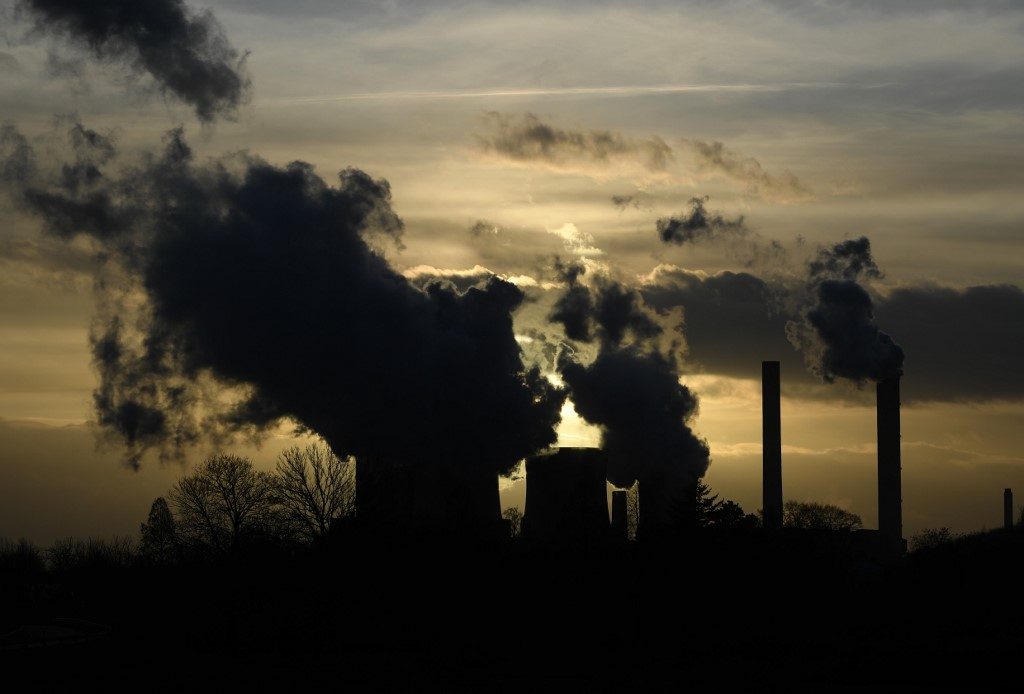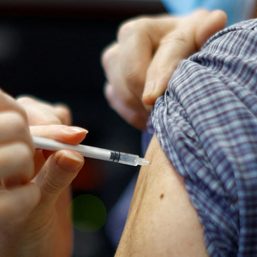SUMMARY
This is AI generated summarization, which may have errors. For context, always refer to the full article.

The German economy shrank by a record 10.1% in the 2nd quarter as coronavirus lockdowns took their toll, official data showed on Thursday, July 30, but experts say a recovery is already underway.
Federal statistics agency Destatis called the quarter-on-quarter decline in gross domestic product (GDP) “historic” and far bigger than any slump seen during the 2008-2009 financial crisis.
Economy Minister Peter Altmaier had warned earlier this year that the pandemic would push Europe’s top economy into “the worst recession” in its postwar history, ending a decade of growth.
Analysts had expected a slightly smaller contraction of around 9% from April to June.
Destatis said efforts to contain the COVID-19 outbreak had led to “a massive slump” in exports and imports, although government spending had increased over the period.
The agency also revised its 1st quarter data, saying output declined 2% from January to March, slightly better than the previously announced 2.2%.
The worst of the pain may already be over.
Thursday’s data “is nothing more than a look in the rearview mirror,” ING bank economist Carsten Brzeski said, expecting “a strong rebound” in the 3rd quarter.
But the road to recovery would be “uneven” and long, he warned, with government stimulus likely to buoy services and construction at home, while the rebound in manufacturing will depend heavily on foreign demand and how other nations cope with the virus fallout.
For the whole of 2020, the German government forecasts that GDP will contract 6.3% before expanding by 5.2% in 2021.
By contrast, the European Commission expects the economies of France, Italy, and Spain to shrink more than 10% this year.
Avoiding layoffs
Germany has withstood the coronavirus shock better than many of its neighbors so far.
Stable infection rates saw it reopen factories, shops, and restaurants from early May, allowing economic activity to pick up again.
Germany has also been able to avoid mass layoffs thanks to subsidized shorter-hours schemes, with separate data on Thursday showing unemployment held steady at 6.4% in July, the same rate as June.
Chancellor Angela Merkel’s government, criticized in the past for sitting on fat budget surpluses, has gone to unprecedented lengths to cushion the economic impact of the crisis.
It has rolled out rescue packages worth over a trillion euros to shield companies and employees, helping the likes of Lufthansa and TUI travel stay afloat.
Berlin has also ditched its no-new-debt dogma to unleash 130 billion euros in stimulus ($153 billion) aimed at spurring investment and consumer spending, including through a temporary cut in value-added tax (VAT).
The VAT reduction helped drag German inflation into negative territory in July, Destatis said, with prices falling 0.1% year-on-year, the first negative showing since 2016.
The reading raises the threat of deflation, an extended period of falling prices that deters consumers from spending because they expect prices to drop further, putting pressure on businesses and then jobs in turn.
Germany’s VAT cut is however set to end on December 31.
Second wave fears
Better-than-expected business and consumer confidence surveys recently suggest Germans are feeling more optimistic about the future.
But concerns have grown over a spike in COVID-19 cases at home and across Europe, partly fueled by summer travel.
As an export powerhouse, Germany is highly vulnerable to virus setbacks in other countries that could lead to renewed shutdowns that once again disrupt supply chains and suppress demand.
In April and May, at the height of the global lockdowns, German exports plummeted around 30% year-on-year.
In the hard-hit car sector alone, production fell 40% year-on-year over the first 6 months of 2020, reaching a 45-year low.
KfW chief economist Fritzi Koehler-Geib said the German economy had a “successful” start to the summer, but the ongoing uncertainty and risks linked to the pandemic should see the recovery “soon slow down again.”
“Export-oriented industry in particular must expect a strong headwind in view of the continuing high global infection dynamics,” she said. – Rappler.com
Add a comment
How does this make you feel?


![[Time Trowel] Evolution and the sneakiness of COVID](https://www.rappler.com/tachyon/2024/02/tl-evolution-covid.jpg?resize=257%2C257&crop=455px%2C0px%2C1080px%2C1080px)







There are no comments yet. Add your comment to start the conversation.